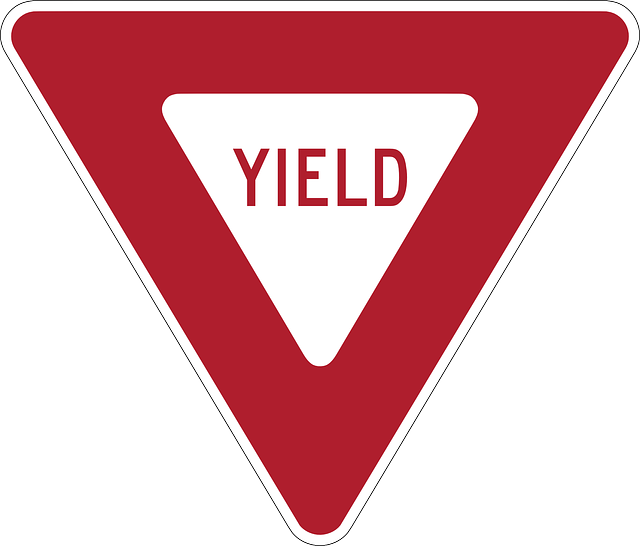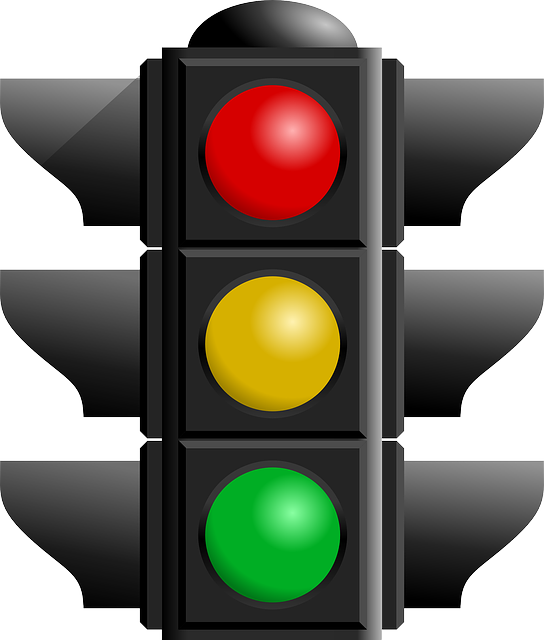
What Is Right Of Way?
When driving, it is important to know the rules of right of way. This includes understanding how many feet is the right of way in georgia, different types of right of way and how to determine which one applies in a given situation. In addition, it's important to be aware of the safety tips for driving in these situations and what to do if you find yourself in a conflict with another driver. The legal, right of way violations you to travel along a predetermined path across another person's property, granted by a landowner or accrued through lengthy use. On land owned by a government, commonly referred to as public land, a comparable right of access also exists.
Different scenarios will require different actions depending on the type of right of way that is involved. For example, if you are driving down a one-way street and another vehicle drives into your lane without giving you enough room, you would have the right to honk your horn and pull over until the other driver leaves your lane.
In many cases, there will be signage indicating which type of right of way applies in a specific construction zone or scenario. However, if there is no signage or if signs are not visible, then you will need to determine which type of right of way applies based on the circumstances involved.
If two drivers are both claiming rights over the same area – such as an intersection – then it can become difficult to determine who should take precedence. Ultimately, it's up to each driver to use good judgment and act accordingly according to state guidelines and recommended actions from the Georgia Department Of Transportation (DOT).
What Are Key Points About Right Of Way On Georgia Roads And Highways?
In Georgia, right of way rules for vehicles are very important. Every vehicle has a certain priority when it comes to traveling on roads and highways, and following these rules will help to keep you safe. Here are some key points about right of way in Georgia:
1. Every vehicle has a defined right of way at intersections, roundabouts, and toll roads. This means that no vehicle can enter or exit the intersection or roundabout before any other vehicle approaching it has completely stopped.
2. Who has the right of way at an intersection depends on the situation, and can be based on factors such other traffic related movement such as, speed and vehicle position, size vehicle position, etc. However, in general, larger vehicles have the right of way over smaller vehicles.
3. When two vehicles have the same priority at an intersection or roundabout, the driver of the smaller vehicle must yield the right to the driver of the larger vehicle. If they do not yield to this request, they may be subject to penalties such as a ticket or even being arrested!
4. When pedestrians are crossing streets or highways outside of designated crosswalks or intersections, they have the same priority as cars when it comes to having access to the roadway. If a car is approaching from behind and cannot safely stop in time for pedestrians crossing in front of them (due to their size reasonable speed), they are required by law to stop and allow them passage before proceeding with caution. Cyclists also have this same right-of-way when crossing streets and highways outside designated bike lanes or paths (unless otherwise indicated).
5. The rule regarding emergency vehicles is similar to other vehicles – all emergency vehicles (police cars, ambulances etc.) have precedence over all other traffic when responding to an emergency situation. When possible, drivers should slow down and let these vehicles through without hesitation! Failing to do so may lead to legal consequences such as tickets or even jail time!
6. Finally – it's important to know that all traffic laws in Georgia take precedence over any markings that may be present on roadways (such as No Left Turn signs). This means that if you see a sign indicating that one type of traffic should not go through a specific area while another type new lane of traffic is allowed through unimpeded, you must follow those rules instead!

When To Yield And Who Waits For Who On Georgia Roads?
It can be difficult to know when to see yield signs and who should wait in traffic on Georgia roads. There are a lot of different rules and regulations that must be followed, and it can be easy to get confused. By understanding the right of way rules in Georgia, you can stay safe while driving.
When it comes to approaching traffic while on the road, there are a few important things that you need to understand. This means that you always have the right to go ahead, even if another vehicle is stopped or your lane safely blocked in.
Additionally, when any two vehicles or more vehicles are approaching an intersection at approximately the same time, the driver of the vehicle with the least distance from the intersection will have priority to cross it first. This means that it's important for drivers to know their distances from vehicles approach the intersections so they don't get caught off guard.
In addition to knowing how to follow basic traffic rules, drivers in Georgia must also be aware of what their driver's duties and responsibilities are at various intersections. It's important for drivers to pay close attention while driving so they don't cause any accidents.
Finally, it's always important vehicle drivers to know when it's safe (and legal) must yield and for emergency vehicle to proceed through an intersection without stopping – this will help avoid frustrating delays on your route!

What Are The Things To Remember About Right Of Way In Georgia?
When you are driving in Georgia, it is important to be aware of the right of way laws. These laws dictate who has the right of way at intersections and when you are allowed to cross lanes. Knowing these rules can help you avoid accidents and stay safe on the road.
Here are some important rules related talking points that will help you understand the right of way laws:
– When approaching an intersection, always stop signs look for signs that tell you which lane you should be in. If there is a stop sign or a green light and no sign, assume that you should be in the left lane.
– Always yield to any oncoming traffic, at stop signs, even if they are not in your lane. This includes drivers who have stopped at a stop sign or red traffic light.
– When it is necessary to change lanes, do so slowly and carefully so as not to cause a collision. In addition, always signal your intention to change lanes before doing so by turning your head towards opposite direction of traffic coming the opposite direction to that you plan on going.
– When merging onto or from a highway, always use caution and follow the posted rules for merging lanes. For example, never merge into the fast lane without first checking for oncoming vehicles approaching, traffic in both lanes and observing all posted signs.
– It is also important to know how to use turn signals properly when driving – failing to do so can lead to an accident. Make sure that your turn signals are turned on whenever you are making a left or right turn.
Cyclists and pedestrians can also pose a danger on Georgia roads – always be cautious when approaching them from behind or from the side of private road. And remember: never drive distracted. By following these simple tips, you can stay safe while driving in Georgia.

What Is The Law Of Right Of Way?
The law of right of way in Georgia is a set of rules that govern when a vehicle (or pedestrian) has the lawful authority to enter a roadway, change lanes, make a turn from a roadway or travel through an intersection. These laws are designed to keep traffic moving in an orderly manner and to prevent collisions.
Drivers learn these rules in driver's ed classes. They are also taught to be aware of these laws in any situation that could result in a car accident.
For example, when a vehicle is approaching a crosswalk and the light is red, the driver must stop before the intersection and remain stopped until the pedestrian has finished crossing. Pedestrians have the right-of-way in the marked crosswalk and unmarked crosswalks, and traffic signals, but drivers must give them three feet of space when passing.
Pedestrians are particularly vulnerable road users and tend to get seriously injured in traffic accidents. If you or a loved one is injured in a pedestrian accident, contact an experienced car crash attorney. They can review your case and determine whether the other driver had the legal right of way over you at fault driver and owes you compensation for your damages.
The law of right of way is vital to keeping Georgia's roads safe for all road users. If you are involved in an accident and believe another driver violated the law regarding right of way, you may be able to claim compensation for your injuries from your insurance company.
All major highways have a 50-foot right-of-way line on each side that runs parallel to the centerline.
In Summary
Right-of-way is an important concept to understand when driving in Georgia. Knowing the different rights-of-way and how to determine who has precedence in any given situation can help keep you safe on the roads and highways.
Be sure to pay attention to signs and markings, use turn signals, adhere to speed limits, yield the right-of-way when necessary, and obey all emergency vehicles. By doing so, you can be a courteous driver while also avoiding dangerous situations on Georgia roads.
========================================================================
